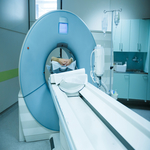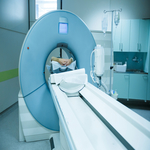What if we were able to determine which people are likely to have a problem with alcohol or other drugs at a young age? The simple answer is that identifying who has a risk of alcohol or drug abuse would better help experts intervene early with preventative measures, potentially saving tens of thousands of children from growing up with problems related to substance use disorders.
In the United States, underage drinking is a major problem. It is responsible for leading to alcohol related issues, such as alcohol poisoning, driving under the influence and premature death. As well as:
- Violence
- Missing School
- Driving With A Drunk Driver
- Suicide
- Risky Sexual Behavior
While efforts to curb minor alcohol use has some effect, it is directed at a broad spectrum of individuals—many of which are not at risk of growing up to have alcohol related problems. It is of the utmost importance that people at risk of alcohol issues down the road are identified early on, so that prevention efforts can be geared to that demographic.
It turns out that the use of neuropsychological tests and neuroimaging studies, can help researchers determine which youths are at the greatest risk, ScienceDaily reports. At the University of California San Diego School of Medicine, researchers believe to have found 34 neural factors that show which adolescents are at risk of consuming alcohol. The findings were published in the American Journal of Psychiatry.
“Underage alcohol consumption is a significant problem in this country,” said senior author Susan F. Tapert, PhD, professor of psychiatry. “Being able to identify at-risk children before they begin drinking heavily has immense clinical and public health implications. Our findings provide evidence that it’s possible to predict which adolescents are most likely to begin drinking heavily by age 18.”
If heavy drinking in your teenage years has turn into a problem in adulthood, please contact Hope by The Sea. We can help you start the journey of recovery.


